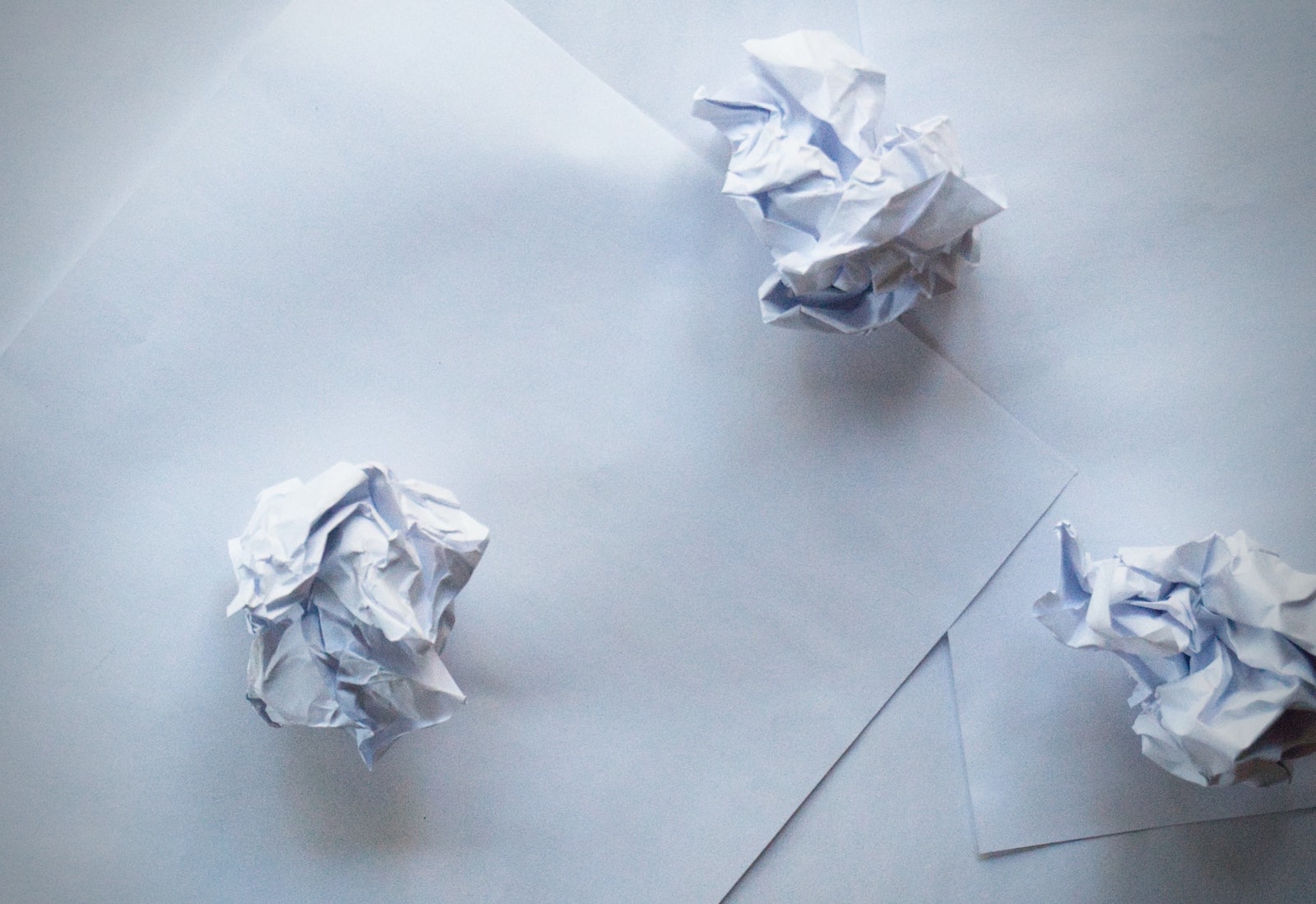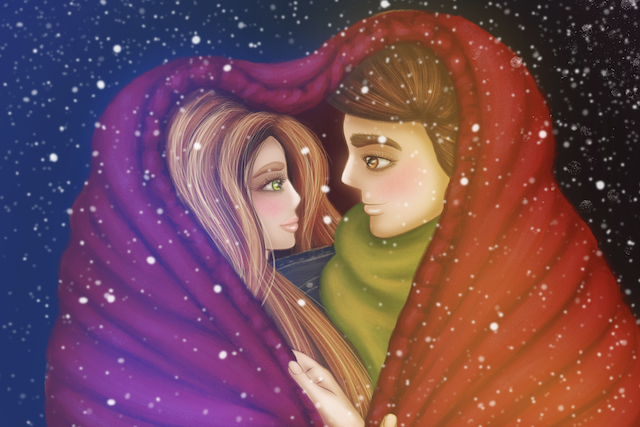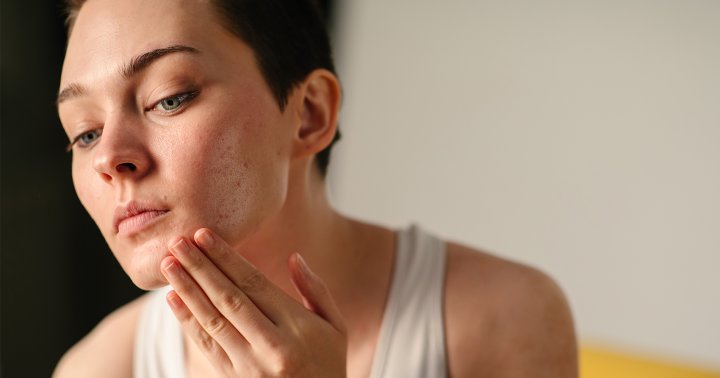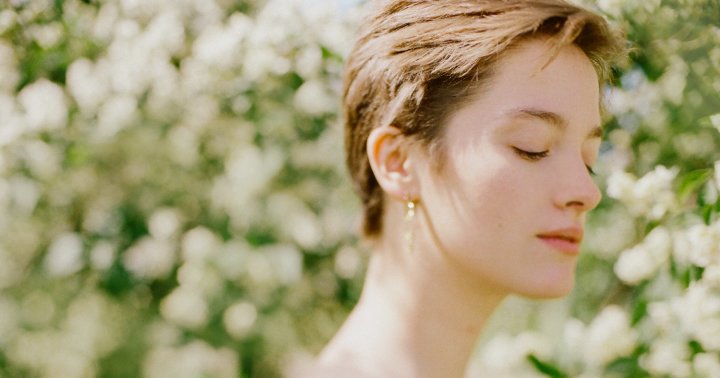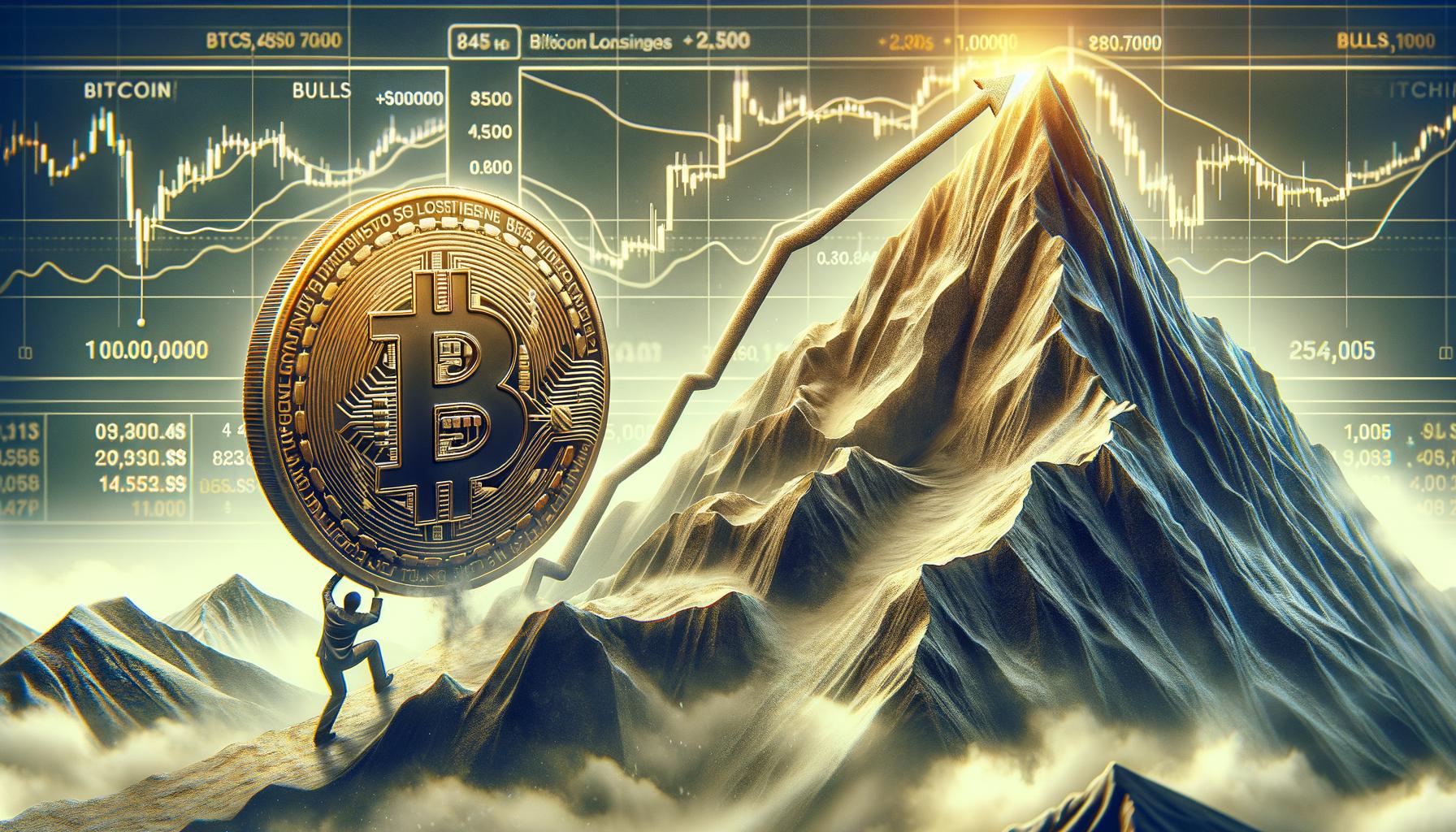Haiku to Measure Time
Sarah Ruhl’s new book Love Poems in Quarantine documents the mundanity and weight of the first few months of the pandemic. The post Haiku to Measure Time appeared first on Tricycle: The Buddhist Review.
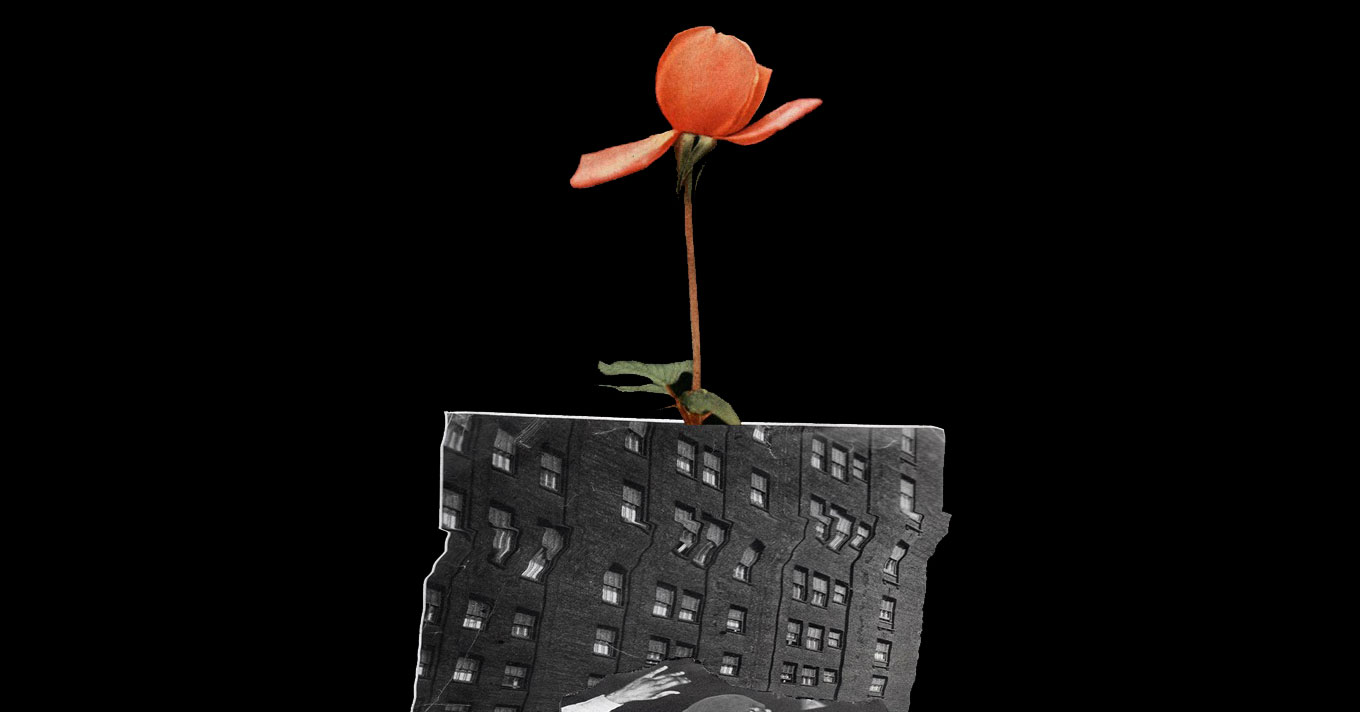
 Art by Markos Zouridakis | https://tricy.cl/3a0Qmuw
Art by Markos Zouridakis | https://tricy.cl/3a0QmuwDuring the pandemic’s early days, acclaimed playwright and author Sarah Ruhl used poetry to keep structure in her life. Eventually, those poems were collected into her latest book, Love Poems in Quarantine, published by Copper Canyon Press in May 2022. The poems cover the mundanity of quarantine—how there was always more laundry to do and how somehow all the “free time” induced fatigue. (“I must need to rest. / Then rest from all that resting. / The new task, breath,” she writes.)
Her poems also cover the serious national reckoning following George Floyd’s murder. She documents conversations with her children about race, examines her own whiteness, and reflects on white people’s reaction to the Black Lives Matter protests (“White people read White / Fragility on the beach / while Brown people die.”)
Sarah Ruhl’s plays have been finalists for Pulitzers, nominated for Tony Awards, and won numerous other prizes. She won a MacArthur Fellowship in 2006, and her play Eurydice was turned into an opera and performed at the Met Opera in 2021. She and I spoke at the beginning of 2022 about haiku, race, and using poetry to mark time.
Love Poems in Quarantine is broken into three main sections: “Early days of quarantine;” “Poems written after May 25, the day George Floyd was murdered;” and “Haiku in Quarantine.” “Haiku in Quarantine” is then split by season. How did those sections come to you? Was it easy or difficult to break the book into those segments? It was fairly organic. I mean, I didn’t set out to write a book. I had really just set out to write haiku as a practice during the pandemic. Funnily enough, it began when the schools shut down. My son was bored one afternoon, and I thought, what are my gifts as a teacher since he’s not in school? I thought, well, we could do poetry together. So I wrote some haiku together with my son, and then it just became a natural practice for me throughout the pandemic.
The haiku seemed to be in conversation with the seasons and chronological, so that made sense. And then the longer-form poems seemed like their own thing. I noticed a real shift in the longer form poems before George Floyd’s murder and after George Floyd’s murder, and so it felt helpful to put a break in between to mark that shift.
Why did you choose to end with spring? How did you know when to end the book? It was hard to know [when to end it], because things just kept going on and on and on. I kept thinking I was done, and then I would just keep writing haiku. I started the poems in March 2020, and to do a full cycle and come back through spring felt hopeful to me, thinking about Taoism, cycles, and circles, and ending on an upward turn of the cycle.
Did the way that you measure time change during the pandemic? I think it did for everybody, right? I talk in another book about an existential experience I had once looking at the [Metrocard] machine where you have to decide whether to add value or time to your subway card. I was standing there thinking, wait, what even is time? What is value? Can you have value without time? Time without value?
Quarantine felt like a question of what is time’s value when you appear to have so much of it but in a different way. I do feel like I got some thinking time back, which I really appreciated. It’s so rare in our culture to have slow, deep thinking time. That said, I was not an essential worker, and I think essential workers obviously experienced time in a totally different way than writers did during the pandemic.
 Photo by Kathleen Hinkel
Photo by Kathleen HinkelThe thread, in your book, of you entering menopause during the pandemic, was also fascinating, in that you were losing that way your body measures time. It was such funny timing to start menopause during the pandemic. Even the word menopause, this great pause in a cycle that you’re used to. At the same time, my daughter started bleeding. There was this sense of passing the baton, and it was funny in terms of measuring time—that she would start marking her time with blood, with these monthly cycles, when I stopped marking time in that way.
How did your energy alter to cope with the sudden change of pace at the start of the pandemic? Did you fight that change or did you embrace what was happening? I guess I embraced it. I started doing online 90-day meditation periods with the Zen Center in New York City. I would do daily meditation, often somewhere in nature, and I felt like that helped me be with time as it moved instead of resisting it. That practice period was intimately related to the practice of writing haiku every day.
Was there any reason other than teaching your son haiku that that was the form you chose? I was devoid of structure in my life, and haiku, a form with structure, calmed my mind and felt important to me. Also because it’s short form, I felt like it could happen in a little burst. So if I were dealing with the kids’ homeschooling or domestic tasks, it wasn’t something I had to sit and labor over all day. I also think there was something about really noticing nature during that time, and being able to really watch birds and watch the seasons change that felt related to choosing a haiku form.
Your poem “Mothers’ Day” explains that the history of the apostrophe in Mother’s Day shifted from “Mothers’ Day” to “Mother’s Day.” Why do you think it shifted more toward the individual? What are some reasons that change came to your mind during the pandemic? When I heard that history, I was fascinated by it. Meanwhile, someone had asked me to write a poem about peace. I was so intrigued that Mother’s Day used to mean the collective apostrophe and that it was created by abolitionist Julia Ward Howe, who really wanted to end war. She wanted mothers to get together internationally and say, “We can’t have our kids die anymore. This is crazy. No more war.” And then it became Mother’s Day, apostrophe s, and it became more about celebrating your individual mother and having gifts at home. I thought, God, that’s unbelievable. At the time, during the Black Lives Matter protests, I was also thinking about this lineage of Black mothers who had lost Black sons and Black daughters. So that’s how that poem came to be.
How much have you written about race or whiteness before this book? My play In the Next Room (or The Vibrator Play) has to do with race to some extent, because there’s a Black wet nurse who comes to work for a white woman. And The Clean House has something to say about whiteness, I think. But in terms of examining my own whiteness, I would say very little.
When you were physically isolated with your family, how did conversations about race and racism arrive in your life? We were definitely talking about it, and we talked about George Floyd’s murder when that happened. We took the kids to Black Lives Matter protests. My husband is biracial—half Thai, half Australian. And so for my older daughter in particular, I think it was a time when she was thinking about identity and what it meant to be in a biracial family. Many of those conversations hadn’t happened in our family before.
Have you written about the pandemic in other genres? Not a huge amount. I wrote an essay for The Atlantic about the experience of doing a Zoom funeral for my father-in-law. I think there’s one haiku about it [in the book]. And I did not write a play during the pandemic. I think I felt so sad that we couldn’t go into a theater to even read it out loud. There was a real melancholy blanketed over the theater worlds. And so poetry and prose just felt more calming and more helpful to me during that time.
What is the importance of having a poetic record of uncertain and destabilizing times? It felt important for my mind to archive itself. I didn’t think it was particularly important for the public record. Although, I did conceive of the haiku as little gifts to my writer friends that I would send them from time to time. But I felt like my mind needed to mark the time just to get through it.

Get Daily Dharma in your email
Start your day with a fresh perspective

Explore timeless teachings through modern methods.
With Stephen Batchelor, Sharon Salzberg, Andrew Olendzki, and more
![]()
Thank you for subscribing to Tricycle! As a nonprofit, we depend on readers like you to keep Buddhist teachings and practices widely available.
This article is only for Subscribers!
Subscribe now to read this article and get immediate access to everything else.
Already a subscriber? Log in.
Emily DeMaioNewton is a Brooklyn-based writer. Their work has been published in the Modern Love column of the New York Times, Dance Magazine, the Ploughshares blog, and elsewhere.

 AbJimroe
AbJimroe 







